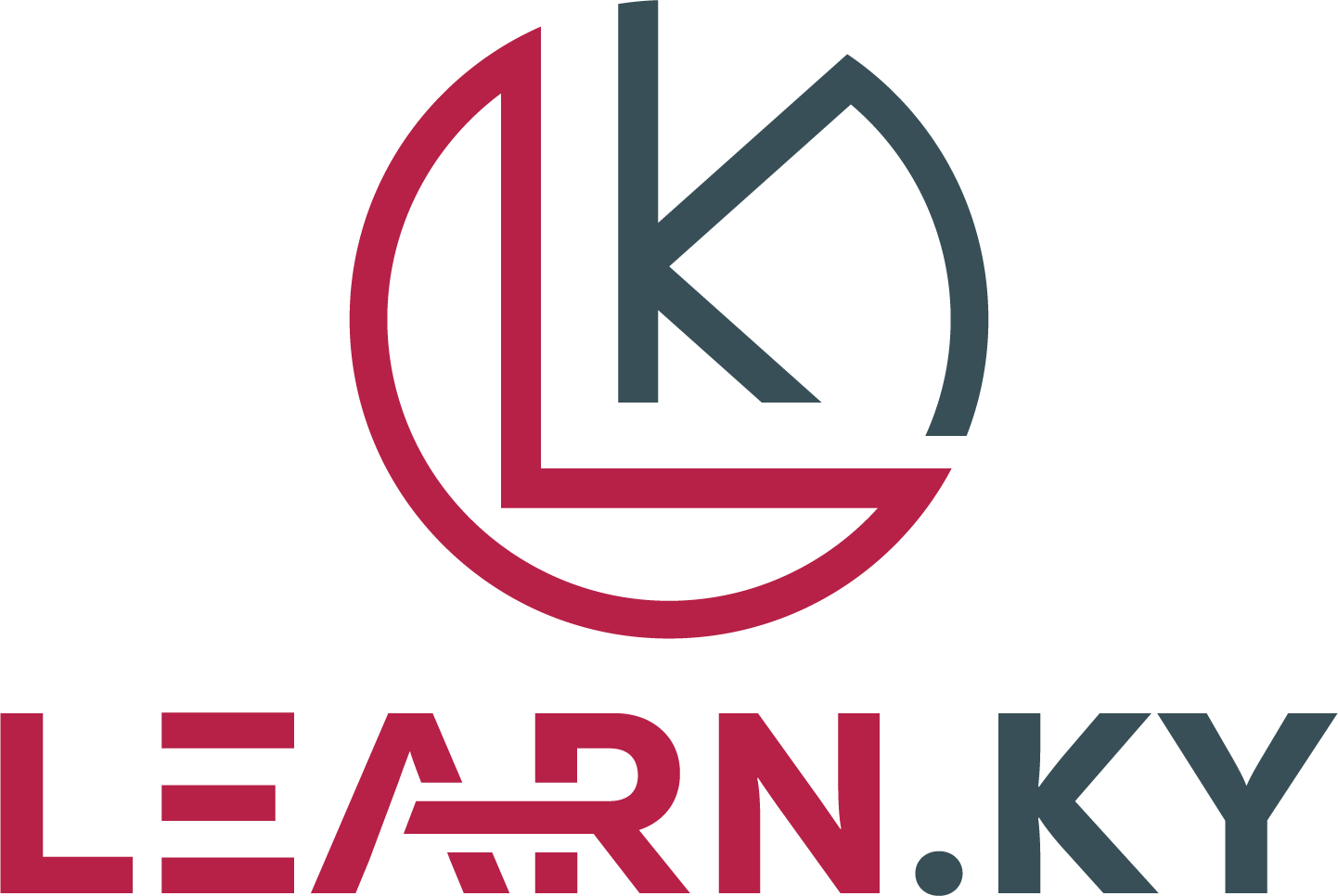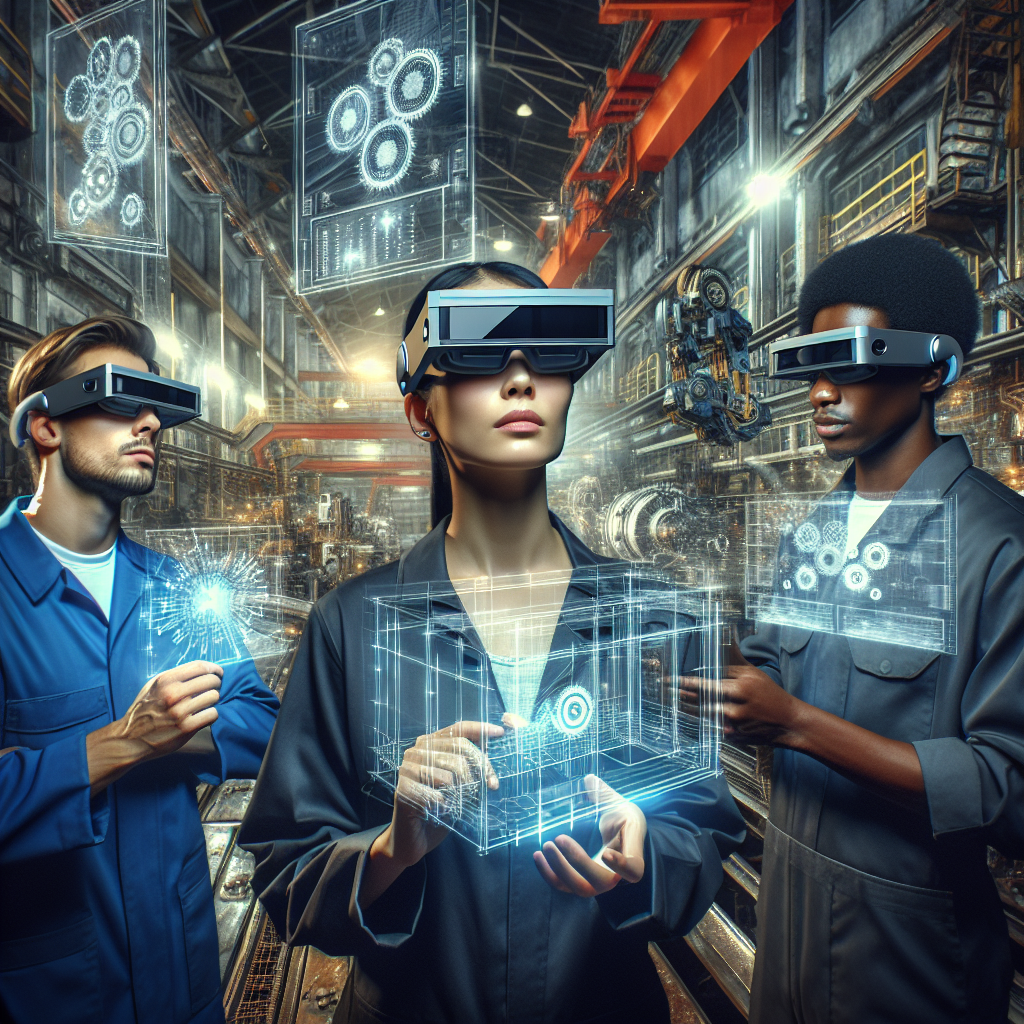Augmented Reality (AR) has rapidly gained traction in various industries, including manufacturing, due to its potential to revolutionize processes and enhance productivity. This article aims to delve into the limitless potential of AR in manufacturing, exploring how this technology is reshaping the industry and offering new possibilities for improving efficiency, quality, and safety.
The Evolution of AR in Manufacturing:
AR technology has evolved significantly over the past decade, moving from niche applications to mainstream adoption in industries such as manufacturing. AR overlays digital information onto the physical world, providing users with real-time data, instructions, and visualizations to aid in tasks. In the manufacturing sector, AR is being used to streamline operations, reduce errors, and empower workers with valuable insights.
Enhancing Manufacturing Processes:
One of the key benefits of AR in manufacturing is its ability to optimize processes and improve efficiency. By providing workers with visual guidance and instructions through AR-enabled devices such as smart glasses, manufacturers can reduce human error, accelerate learning curves, and increase overall productivity. For example, assembly line workers can use AR overlays to see step-by-step instructions on their workstations, leading to faster and more accurate assembly processes.
Quality Control and Inspection:
In manufacturing, maintaining high-quality standards is crucial to ensure customer satisfaction and regulatory compliance. AR technology is being leveraged for quality control and inspection processes, allowing workers to detect defects, anomalies, or deviations in real-time. By overlaying digital models onto physical objects, inspectors can compare actual products against design specifications, leading to faster and more accurate assessments.
Safety and Training:
AR also plays a vital role in enhancing safety protocols and training programs in manufacturing facilities. By simulating hazardous scenarios or equipment operations through AR simulations, workers can practice handling emergency situations without risking their safety. Additionally, AR-based training modules can supplement traditional on-the-job training, offering immersive learning experiences that help workers acquire new skills more effectively.
Challenges and Opportunities:
While AR holds tremendous promise for transforming manufacturing operations, there are challenges that need to be addressed. These include concerns around data privacy, cybersecurity, and the integration of AR technology with existing systems. Manufacturers must also invest in training programs to ensure that workers are proficient in using AR tools effectively.
Despite these challenges, the opportunities presented by AR in manufacturing are vast. From enhancing operational efficiency to improving quality control and safety, AR has the potential to revolutionize the industry and drive innovation at every level of the production process.
Conclusion:
In conclusion, augmented reality is poised to revolutionize the manufacturing industry by unlocking new possibilities for efficiency, quality, and safety. By leveraging AR technology, manufacturers can streamline processes, enhance training programs, and empower workers with valuable insights. As the adoption of AR continues to grow, it is essential for manufacturers to embrace this transformative technology and harness its limitless potential to drive growth and success in the ever-evolving landscape of modern manufacturing.










